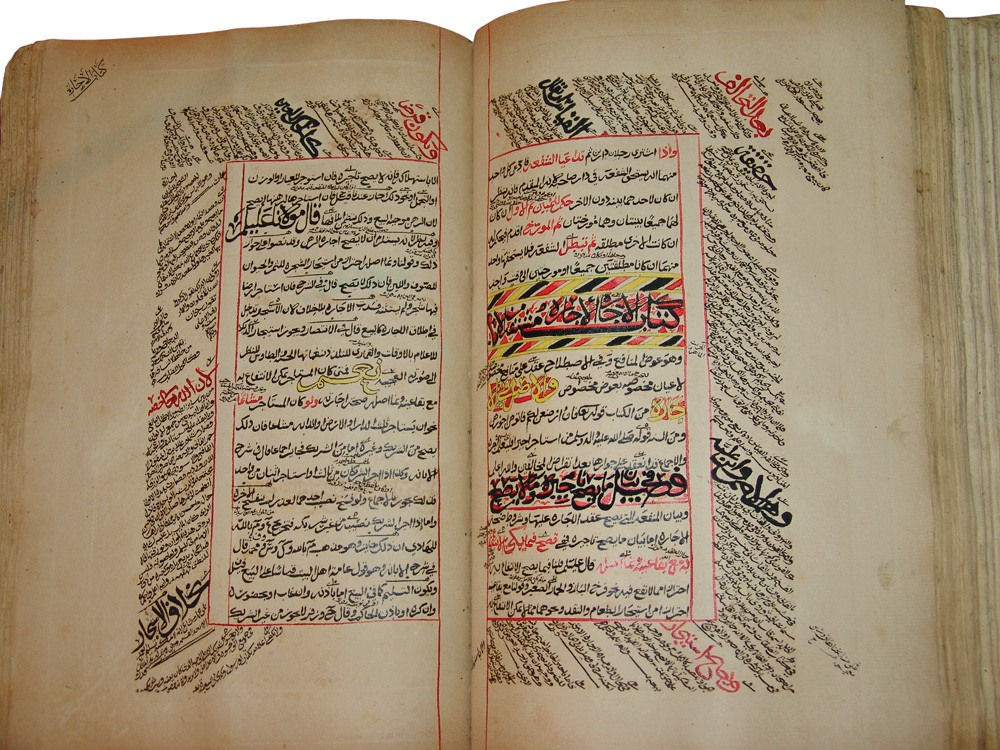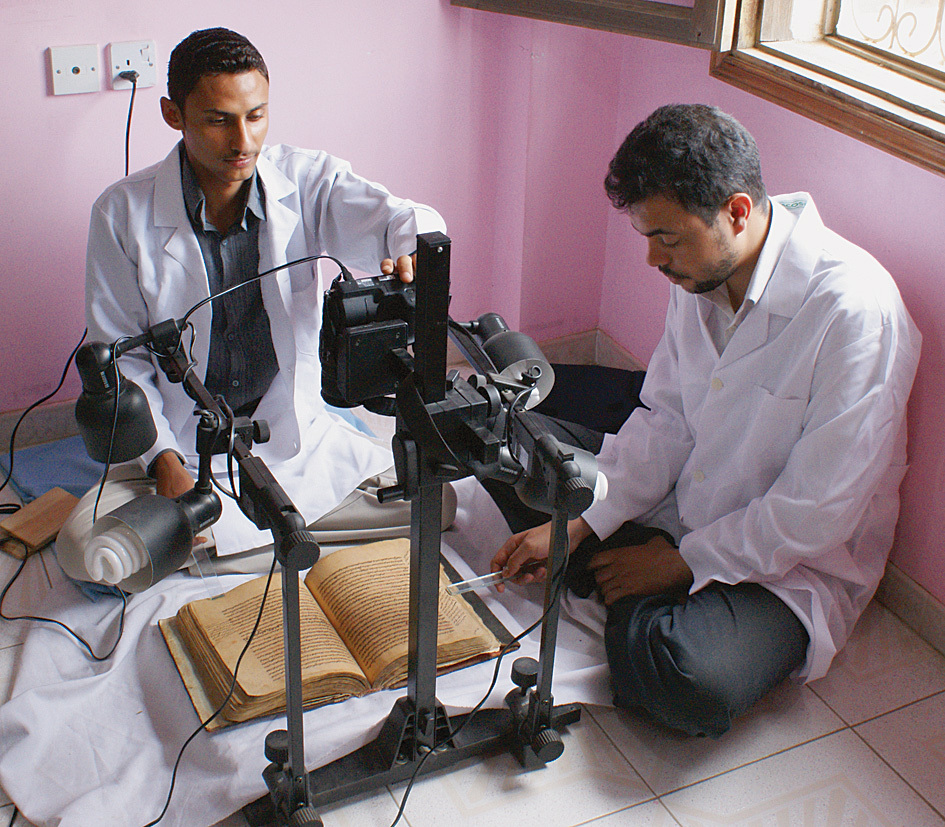Zaydī Manuscripts
Zaydī Manuscripts

“The Zaydī literary tradition is one of the richest and most variegated strands within Islamic civilization and, at the same time, one of the least studied.”
—Dr. Sabine Schmidtke, the Zaydi Manuscript Tradition Project
The story of the Zaydīs begins in approximately 740 CE, with a revolt along the Euphrates River in al-Kūfah, Iraq. The leader of the revolutionaries was Zayd ibn ʻAlī, a great-great-grandson of the Prophet Muḥammad. Zayd was dissatisfied with the rule of the Umayyad caliphs, who controlled an empire that stretched from the Iberian Peninsula to South Asia. The 740 CE uprising was one of many struggles over the leadership of the early Islamic community, and although Zayd was ultimately defeated, a group of followers (the Zaydīs) continued to recognize him as a legitimate leader.
Often repressed by non-Zaydī rulers, the Zaydīs found refuge in mountainous regions, where it was more difficult for centralized governments to suppress or control them. For many centuries, portions of the northern highlands of Iran and the narrow Caspian Sea coastal plain were Zaydī territories. Another Zaydī community was established in the mountains of northern Yemen in 897 CE and became an enduring power, with a line of imams (religious and political leaders) that continued until the 1962 republican revolution. A devastating civil war began in Yemen in 2014; a group known as the Houthi movement, with a base among the Zaydīs of northern Yemen, was established as one of the main forces.
Like other Shīʻī groups, the Zaydīs believe that the Prophet’s male descendants have the right to rule the Muslim community as imam. However, while most Shīʻī groups typically pass the position of imam directly from father to son, Zaydīs choose an imam from among all qualified candidates. While this has sometimes led to internal conflicts between different descendants, it has also helped the Zaydīs to maintain an active line of imams well into the 20th century—a continuity that has contributed to the relative stability of the community.
Over the centuries, the Zaydīs have maintained an active scholarly culture and produced thousands of manuscripts, both in urban centers (like Ṣanʻāʼ and Ṣaʻdah in Yemen) and in smaller villages and mountain fortresses. The Zaydī tradition emphasizes the selection of an imam with scholarly prowess (among other qualities), which means that many of the imams have been prolific authors in their own right.

While relations with their non-Zaydī neighbors have often been strained, the Zaydīs have also had ongoing intellectual exchanges with other sects that give dynamism and complexity to the history of Zaydī thought. For example, most Zaydī scholars have been sympathetic to the Muʻtazilī theological school that wielded great power in 9th-century Iraq but later fell out of favor in the Sunnī world. Engagement with various Sunnī and Shīʻī movements, such as the early Wahhābīs of 18th-century Arabia, has been a constant feature of the Zaydī texts. Zaydī manuscript collections show the richness of these ongoing conversations, and many texts have been preserved in Zaydī libraries when they were lost elsewhere.
Despite this rich intellectual tradition, Zaydī cultural heritage has been treated as marginal by most Western scholars of Islam, who have primarily turned their attention to the majority Sunnī community in the central Islamic lands of the Middle East. Access to Zaydī manuscripts has also been challenging, in part because the manuscripts are widely dispersed—there are an estimated 100,000 manuscripts in Yemen, but also important collections elsewhere in the Middle East, at least 10,000 Zaydī manuscripts in European libraries, and roughly 1,000 in North America.
In recent years, HMML has partnered with several organizations to make photographs of Zaydī manuscripts accessible online. The Zaydi Manuscript Tradition (ZMT) Project—led by Dr. Sabine Schmidtke and Dr. Hassan Ansari at the Institute for Advanced Study (IAS) in Princeton, New Jersey—identifies collections of Zaydī manuscripts worldwide and collects digitized copies of the manuscripts for long-term preservation and access in HMML Reading Room.
All ZMT images received to date are now viewable in HMML Reading Room, and HMML has cataloged all images from Yemen: more than 800 manuscripts located in 16 libraries across the northern highlands, primarily private family and scholarly libraries but also several mosque and institutional libraries. The dated manuscripts in these collections range from 1118 to 1984 CE, and they include texts from the full history of the Zaydī legal and theological tradition.
HMML has also partnered with the Imam Zaid bin Ali Cultural Foundation to photograph Zaydī manuscript collections in Yemen that have not yet been digitized. While the progress of this project has been substantially delayed due to the civil war, images have recently begun to arrive in Minnesota and will be cataloged by the HMML team in the near future.
Through partnerships with libraries and academic and cultural institutions, HMML is helping to preserve the intellectual heritage of the Zaydī community and to make it more available to the world through digital access.

This story originally appeared in the Summer 2023 issue of HMML Magazine.




